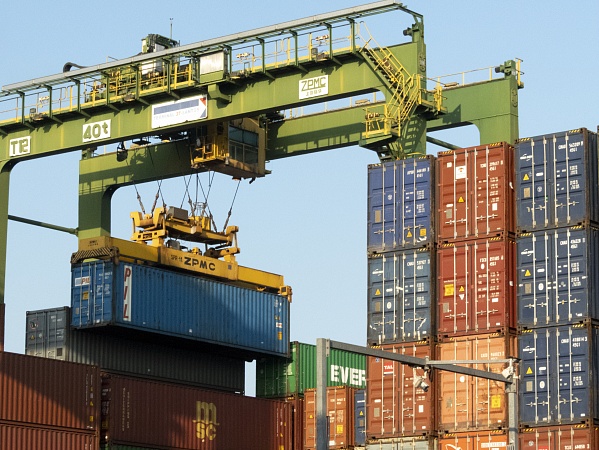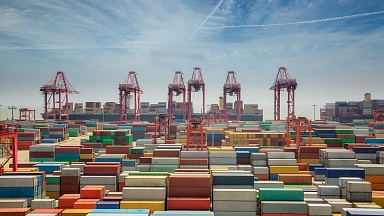Dwell times at the major ports in and around the south China city of Shenzhen «remain disruptively high», despite trending downward in recent days with the Port of Yantian at full capacity again, according to freight visibility platform Project44.
It said the data suggests that disruptions related to China’s COVID-19 quarantine efforts could extend well into the year, impacting seasonal shipments as far out as Christmas.
Last month, Chinese authorities restricted operations at the Port of Yantian (YICT) in an effort to slow a COVID-19 outbreak in the region, creating a massive cargo bottleneck at the port. Despite the port now operating at full capacity again, the backlog is affecting the region’s manufacturing sector, presenting a headache for shippers, Project44 noted.
As of 1 July, the rolling seven-day average dwell times at Yantian were 12.9 days for outbound (Port of Loading) and 4.2 days for inbound cargo (Port of Discharge). While high by pre-pandemic measurements, these numbers are well below last month’s high of 25.4 as a port of lading, which occurred on June 22, Project44 noted.
«High port of lading dwell times suggest that port workers are still working their way through a massive backlog of cargo that has built up over the last month, both at the port, and in factories and warehouses across the region,» Project44 highlighted. «This corroborates reports that some factories have paused production due to lack of space, causing further supply chain delays that will be felt for months to come.»

While yard density in Yantian is said to be down to 65% and overall productivity has increased to 85% of normal levels, the impact on Yantian port is also affecting some of the neighboring ports of Shekou, Nansha and Hong Kong.
Blank sailings figures are also on the rise heading into July, reaching 17 on 1 July, and 12 on 2 July, Project44 noted. «While these figures are well below last month’s high of 26 blank sailings, which occurred on 11 June, even in the teens, these blank sailings represent 189,203 and 107,326 TEU of total vessel capacity skipping YICT on the 1st and 2nd (July) respectively».
Josh Brazil, Vice President of Marketing at Project44, commented: «While we can see that cargo is moving through the port again, this event is shaping up to be one of the most disruptive of the year. This is yet another reminder to shippers that disruptions can happen at any point, and that it’s increasingly important that they gain full visibility into their shipments, diversify and bolster their supply chains, and do everything possible to get ahead of events like these that are inevitable in today’s world.»
Project44 said the data referenced here is sourced from Project44’s freight visibility platform, based on the logistics indicators that the platform tracks. It said the sample data sets referenced do not include all freight movement data tracked by other entities, but said data from Project44’s platform «reflects a statistically significant sample size (from which to) draw conclusions».




